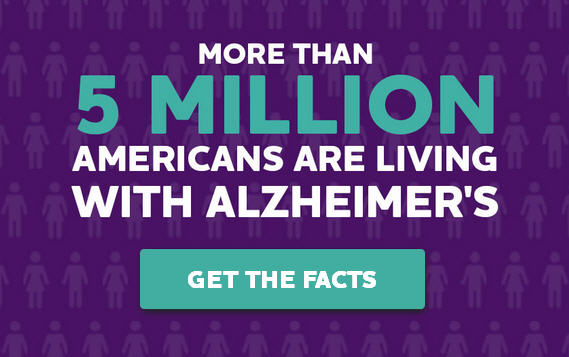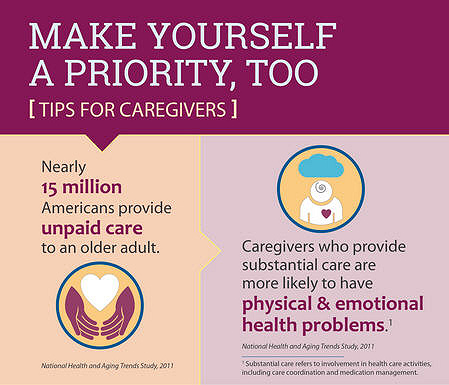(Alzheimer’s Disease Education and Referral Service) The brain has many parts, each of which is responsible for particular functions. The following section describes a few key structures and what they do.
The Main Players
Two cerebral hemispheres account for 85 percent of the brain’s weight. The billions of neurons in the two hemispheres are connected by thick bundles of nerve cell fibers called the corpus callosum. Scientists now think that the two hemispheres differ not so much in what they do (the “logical versus artistic” notion), but in how they process information.
The left hemisphere appears to focus on details (such as recognizing a particular face in a crowd). The right hemisphere focuses on broad background (such as understanding the relative position of objects in a space). The cerebral hemispheres have an outer layer called the cerebral cortex. This is where the brain processes sensory information received from the outside world, controls voluntary movement, and regulates cognitive functions, such as thinking, learning, speaking, remembering, and making decisions. The hemispheres have four lobes, each of which has different roles:
- The frontal lobe, which is in the front of the brain, controls “executive function” activities like thinking, organizing, planning, and problem solving, as well as memory, attention, and movement.
- The parietal lobe, which sits behind the frontal lobe, deals with the perception and integration of stimuli from the senses.
- The occipital lobe, which is at the back of the brain, is concerned with vision.
- The temporal lobe, which runs along the side of the brain under the frontal and parietal lobes, deals with the senses of smell, taste, and sound, and the formation and storage of memories.
The cerebellum sits above the brain stem and beneath the occipital lobe. It takes up a little more than 10 percent of the brain. This part of the brain plays roles in balance and coordination. The cerebellum has two hemispheres, which receive information from the eyes, ears, and muscles and joints about the body’s movements and position. Once the cerebellum processes that information, it sends instructions to the body through the rest of the brain and spinal cord. The cerebellum’s work allows us to move smoothly, maintain our balance, and turn around without even thinking about it. It also is involved with motor learning and remembering how to do things like drive a car or write your name.
The brain stem sits at the base of the brain. It connects the spinal cord with the rest of the brain. Even though it is the smallest of the three main players, its functions are crucial to survival. The brain stem controls the functions that happen automatically to keep us alive—our heart rate, blood pressure, and breathing. It also relays information between the brain and the spinal cord, which then sends out messages to the muscles, skin, and other organs. Sleep and dreaming are also controlled by the brain stem.
A diagram of a cross-section of the human brain. Credit: udaix
Other Crucial Parts
Several other essential parts of the brain lie deep inside the cerebral hemispheres in a network of structures called the limbic system. The limbic system links the brain stem with the higher reasoning elements of the cerebral cortex. It plays a key role in developing and carrying out instinctive behaviors and emotions and also is important in perceiving smells and linking them with memory, emotion, and instinctive behaviors. The limbic system includes:
- The amygdala, an almond-shaped structure involved in processing and remembering strong emotions such as fear. It is located in the temporal lobe just in front of the hippocampus.
- The hippocampus, which is buried in the temporal lobe, is important for learning and short-term memory. This part of the brain is thought to be the site where short-term memories are converted into long-term memories for storage in other brain areas.
- The thalamus, located at the top of the brain stem, receives sensory and limbic information, processes it, and then sends it to the cerebral cortex.
- The hypothalamus, a structure under the thalamus, monitors activities such as body temperature and food intake. It issues instructions to correct any imbalances. The hypothalamus also controls the body’s internal clock.

https://www.nia.nih.gov/alzheimers/publication/part-1-basics-healthy-brain/inside-human-brain
National Institute on Aging, National Institutes of Health







